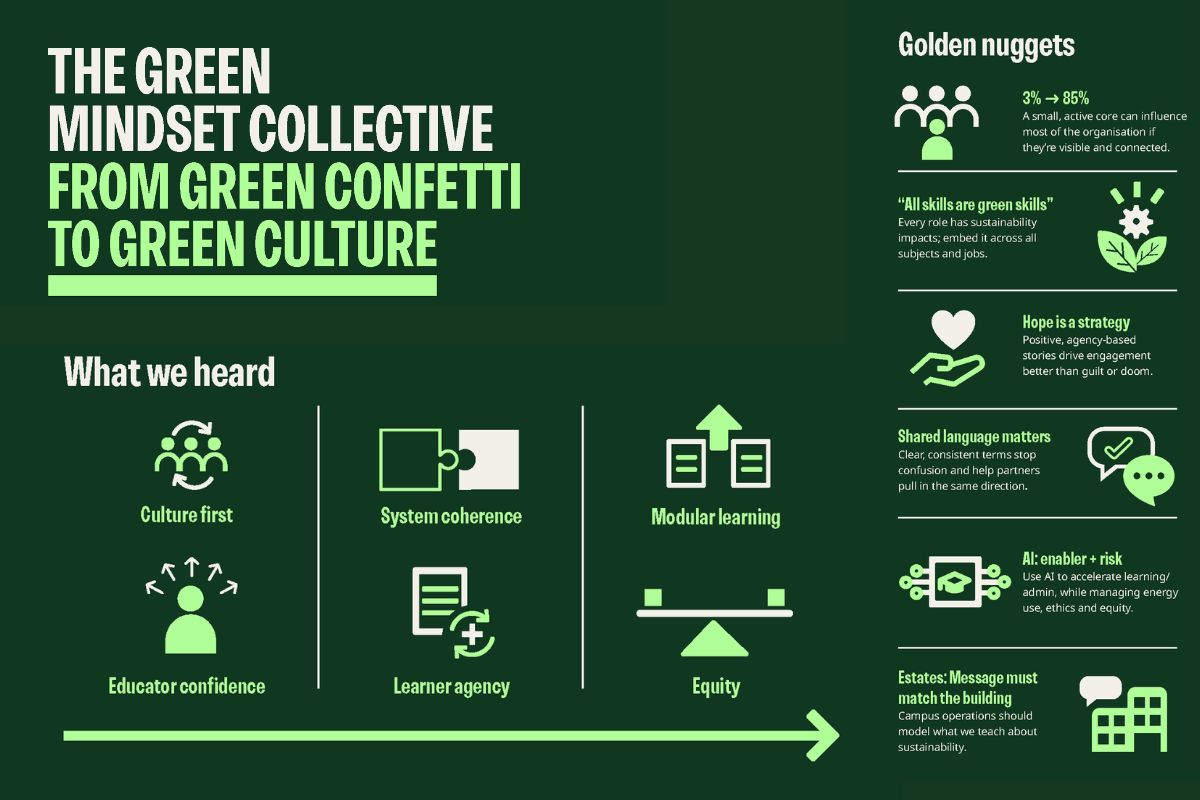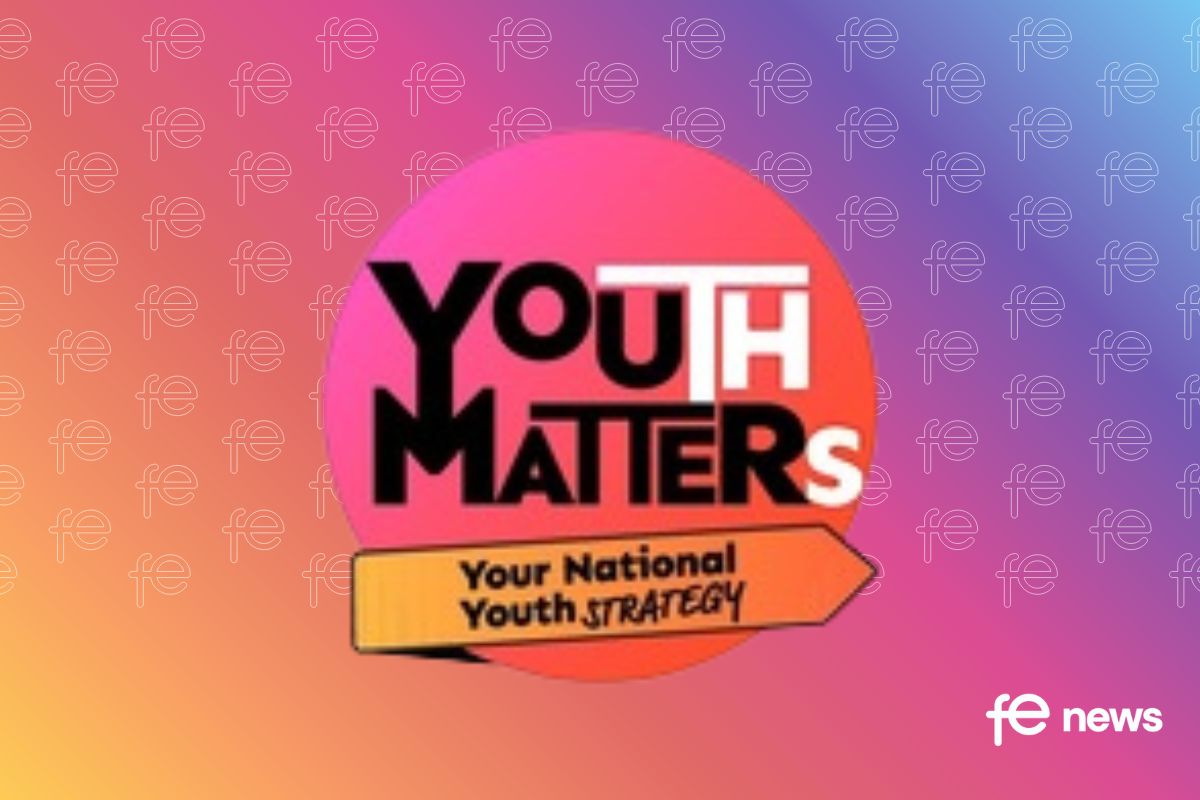Digitalisation in Education: Bridging Life and Learning

Pearson made news recently, announcing their decision to focus the future of textbook updates on a “digital-first” approach.
Such a proposal by Pearson will allow for continuous updating of their eTextbooks, a format that is more accessible and on-the-go for students.
With over half of Pearson’s annual revenues coming from digital sales, they are a prime example of the education landscape evolving to meet students’ where they are and serve their changing needs.
We live in an increasingly digital world where students spend a lot of time using technology to connect to people, to be entertained, and to learn – it’s this third piece that we are now more formally embracing.
Digitalisation in education goes beyond the eTextbook, of course. In the media-rich world around us, this shift has resulted in the phenomenon of unbundling content, which means teachers and students can better customize the learning experience with everything from YouTube videos and games, to leveraging education technology platforms that offer online quizzes and activities, and can track student progress.
Increasingly, education materials and activities need to be offered in a digital format that can work well with other tools teachers and students are already using.
The former Education Secretary, Damien Hinds, said:
“Technology can be an effective tool to help reduce workload, increase efficiencies, engage students and communities, and provide tools to support excellent teaching and raise student attainment.”
Just this year, the first generation of students to experience technology as a key part of their education up through secondary school have passed through their GCSE’s. And according to recent statistics around app downloads and usage, education is the third largest category of apps in terms of volume, just behind games and business apps, revealing the huge popularity that technology now plays in learning.
Well-designed education technology can help students develop both hard and soft skills
From promoting critical thinking and problem solving, to helping students practice and analyze key information, digital education tools can provide an engaging learning experience. Technology focused on gamifying learning can help boost confidence through teamwork and friendly competition among students. And there are digital tools that recognize the incredible value of collaboration, providing communities of students the opportunity to learn together and support one another’s journeys. Connecting students digitally to foster this community is especially valuable for online courses and classes that only meet in-person a few times a year.
In a digitised world, there can be endless combinations of core subject matter materials along with access to learning activities to provide stronger value propositions for teachers and their students. We should continue to see education resources move towards user-friendly digital platforms, which offer more value at a lower cost than traditional textbook distribution.
We’ll also start to see more specialised resource bundles tailored to specific types of students. Imagine micro-subscriptions that tailor digital content to exact university programs, offering students the right value at the right price, with the ability to avoid content – and cost – they don’t need.
To meet the demands of a more mobile, global student population, digitalisation will continue to grow and offer fluidity to the education sector. People are managing much of their communication, entertainment and daily information-gathering online.
The ability to incorporate a digital experience into student learning will help bridge all aspects of their lives, effectively making that education all the more relevant and effective for them.
Matt Glotzbach, CEO of Quizlet











Responses